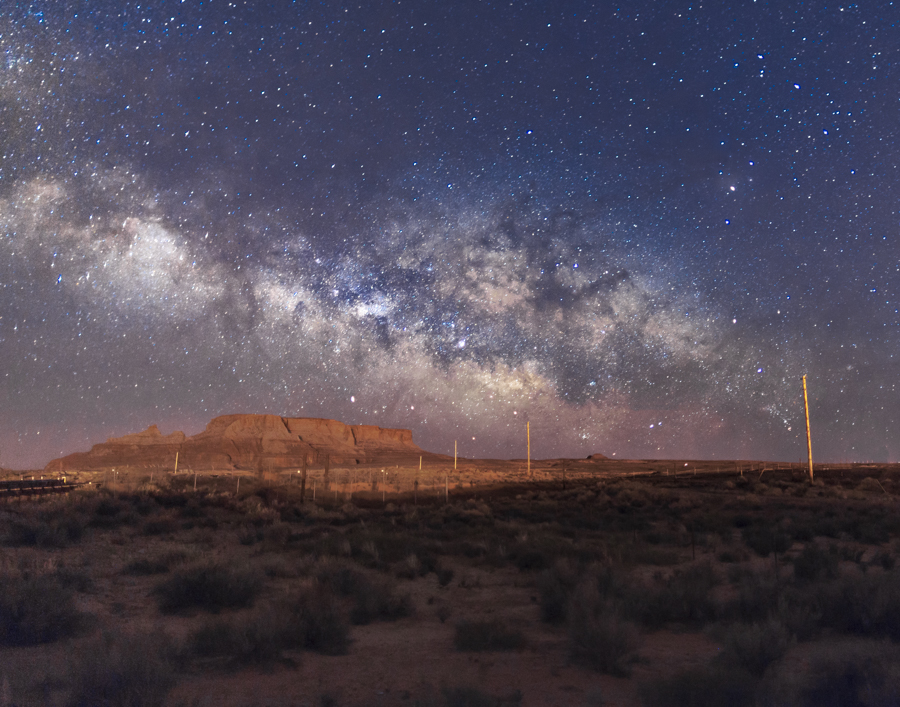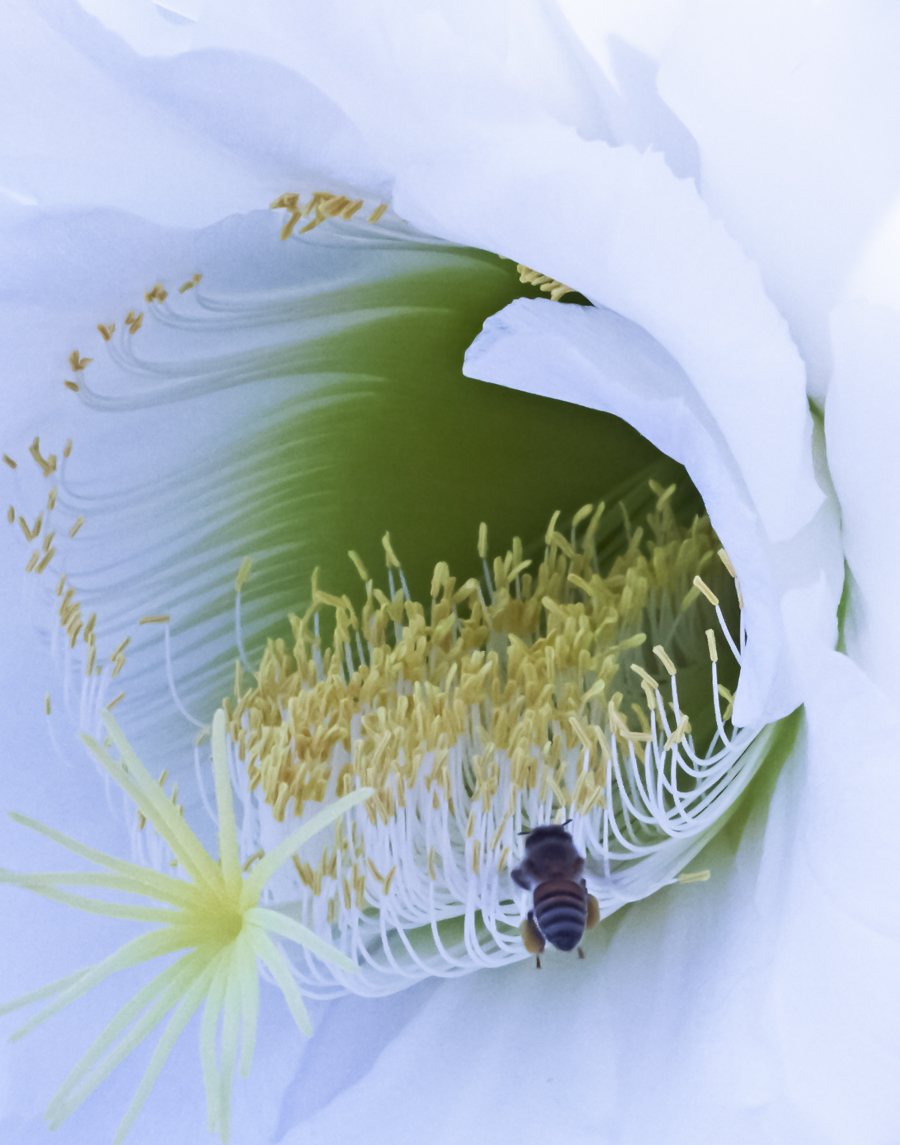I had a very busy week, photographically. I’m still working on some material from a trip to Utah, to be posted in a later blog. In the interim, I wish to share two very interesting shots I captured this week.
The first was taken on the way home from the Utah trip, where we over-nighted at Page, Arizona. Along with my two companion photographers, Barry Stewart and Paul Staley, I ventured out into the desert around 1:00 am hoping to capture some good shots of the Milky Way. Earlier in the evening, we had located a good site for our pictures, about 5 miles southeast of the town. It was a bit chilly, very clear and most importantly, very, very dark. We had chosen a time of the month close to the new moon, as to avoid unwanted light that would compromise our view of the stars. With the town of Page behind us, we avoided its “light pollution” as well. Conditions were right and after adapting to the dark, we could see the Milky Way right where we expected it to be. Here’s my photograph.

Astrophotography presents a unique set of challenges. Firstly, it can be so dark you can barely see what you’re doing. One needs a headlamp and flashlight just to navigate. These must be used sparingly as to not cast unwanted light into the scene and also to avoid impairing your night vision. Auto-focus (infra-red) does not work in the dark, so you need to focus manually. This is best done in advance in good light, then you tape the focus ring in place and go with it.
Taking the pictures is fairly straightforward, once you’re properly set up. The amount of light from the stars is very limited so a long exposure is required. Due to the earth’s rotation, it’s necessary to limit the exposure to 25-30 seconds, otherwise the points of lights become streaks of light. There appears to be considerable ambient light in this scene. Actually, it was pitch dark! We could see only the silhouette of the mesa in the background and I didn’t know the power poles were there until I developed this image. The ambient light is from a power generating station two miles (~3.2 km) behind us. What you see is a 25 second accumulation of this light on the camera’s sensor. The human eye does not retain the light it captures so the light from the power station was too dim for us to see the scene as it has been recorded by the camera.
The raw image is not this bright and contrast is not very good. Some development with photo software is necessary to draw out the light from the sky and expose the visual impact of the Milky Way.
My second picture was taken early this morning in our garden. I went out to photograph the second and third blooms on our Echinopsis cactus. I discovered I was not the only being attracted to these beautiful flowers. This bee was also very interested, albeit for a different reason. The pollen! I took this photograph using a 100mm macro lens with a 1.4x teleconverter to increase magnification. At this early hour of the morning, the light was dim and coupled with the speed of the bee, I needed to boost the sensor’s sensitivity to capture it’s erratic movements (ISO 6400). It required a number of attempts to capture this dodgy bee, but my patience was rewarded and I’m pleased with the outcome.


These are great pictures, love the colors, they are spectacular.
The Milky Way photo is “surreal”! What dedication to plan such an adventure…..
Fabulous pic!
The”Pollen” photo is spectacular!